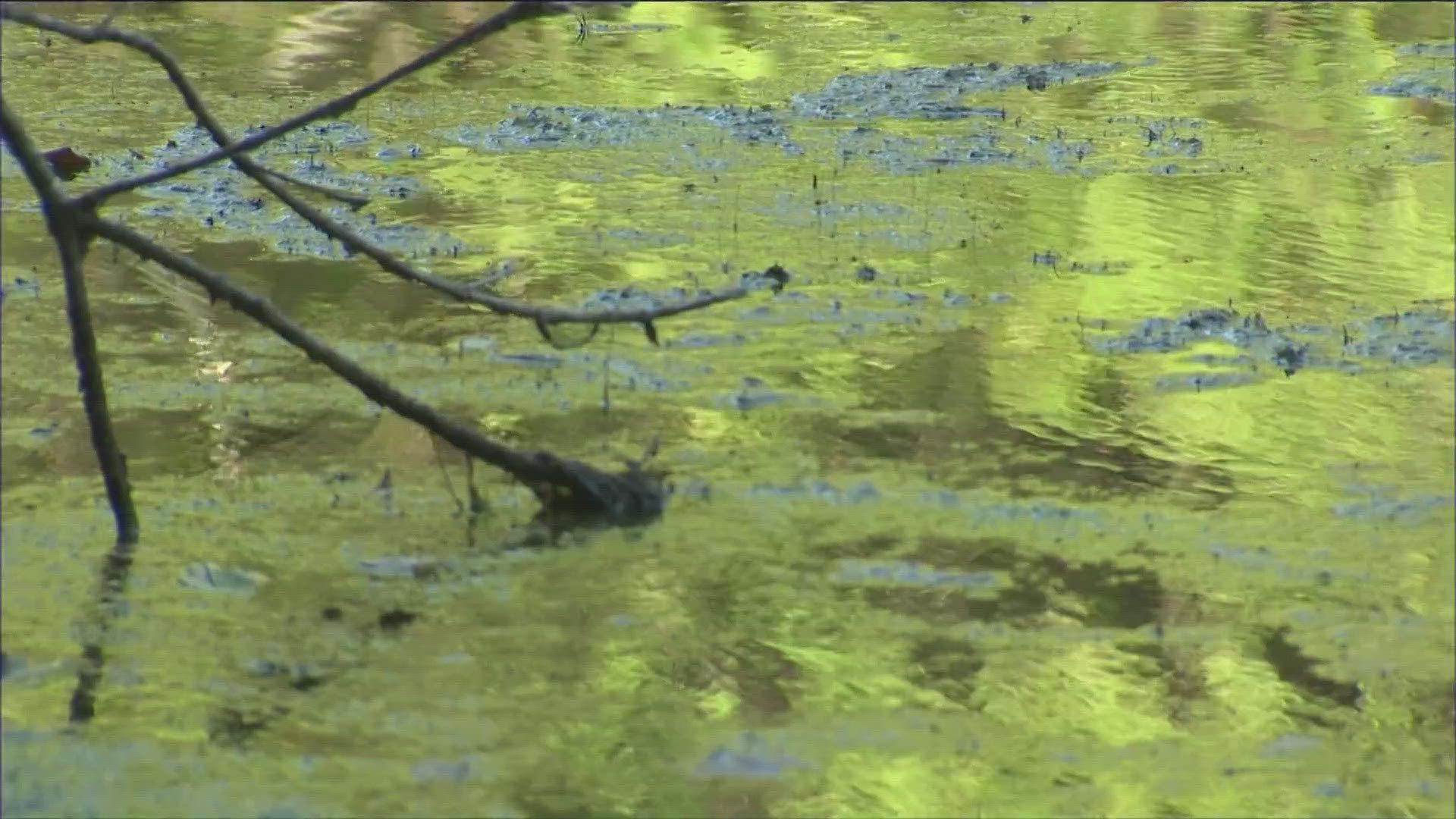AUSTIN, Texas — The city of Austin is gearing up for its second clay treatment of Lady Bird Lake to reduce algae growth.
This is the fourth year of the city's five-year pilot program to reduce toxic algae growth on the lake. So far, officials believe the treatments are working.
The clay treatments aim to prevent harmful bacteria, like toxic blue-green algae, from growing in the lake. Crews come out and test the growth on the water – but just because there's growth on Lady Bird Lake doesn't mean it's all bad.
Some of the clumps on the water are healthy plants that are able to grow because the clay treatments block the harmful bacteria.
"I believe it is absolutely working in terms of the nutrient management, which is the overarching goal of this. And we're encouraged by what we're seeing with the algae as a secondary effect," Brent Bellinger, the Conservation Program supervisor for the city's Watershed Protection Department, said.
Swimming isn't allowed in Lady Bird Lake, but people could come into contact with the algae if they're kayaking, canoeing or paddle boarding. And since dogs are allowed to be off-lease in some areas around the lake, they might get in the water and eat the algae, which can make them very sick and can even be lethal to them.
"It's unfortunate that we've had dogs passed away. [Austin is a] very dog-friendly city, and we want to make sure that the relative risk to humans is as low as possible. So we monitor the water, and we're continuing to monitor the mats," Bellinger said.
The city has to monitor the amount of toxic algae in the lake because if there is too much, officials may have to shut down recreational activities.
Crews were scheduled to be out on the water starting the second round of clay treatments at around 9 a.m. on Monday, July 8, but the application was postponed to Monday, July 15, due to weather concerns. The third and final treatment for this summer will happen sometime in August.

